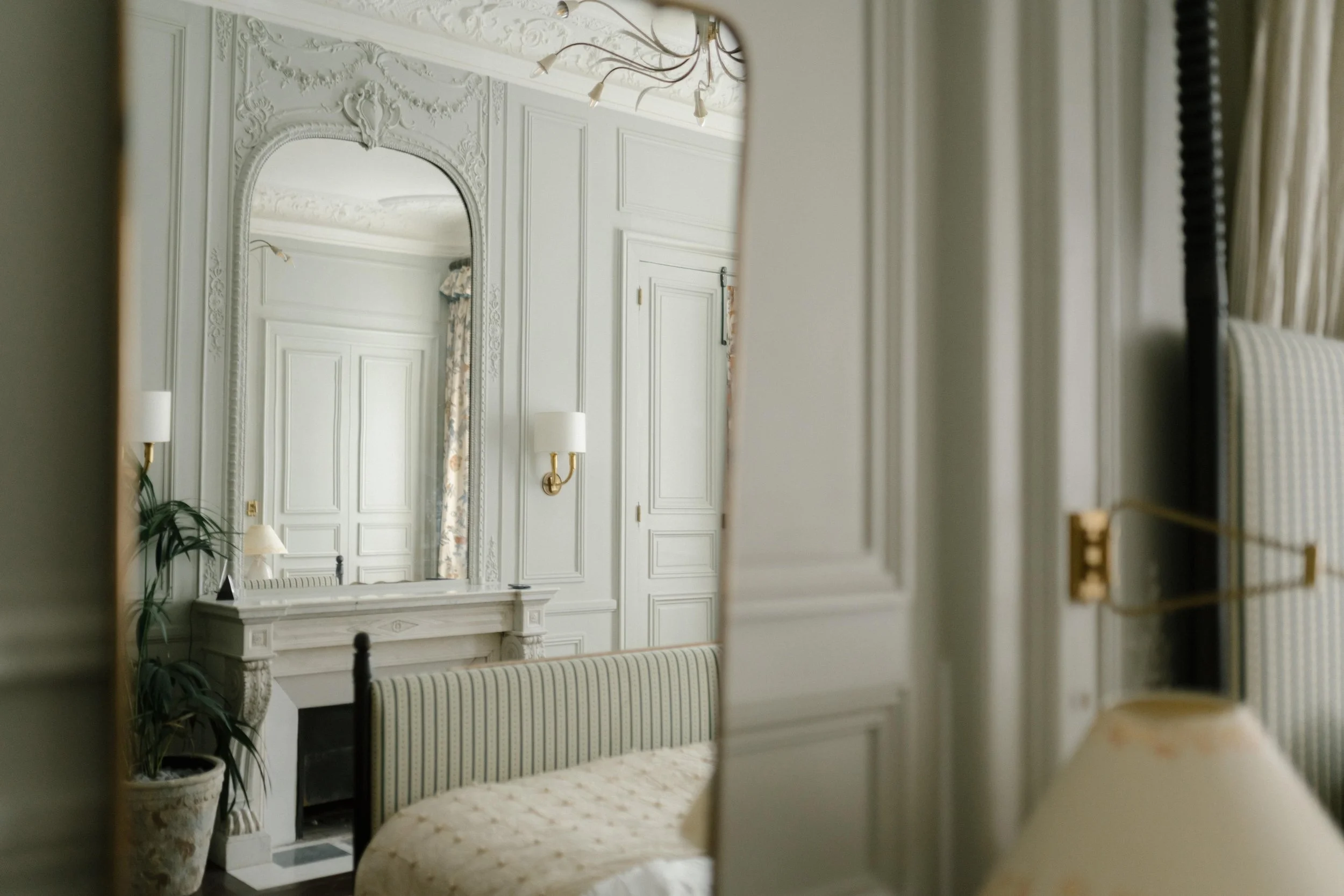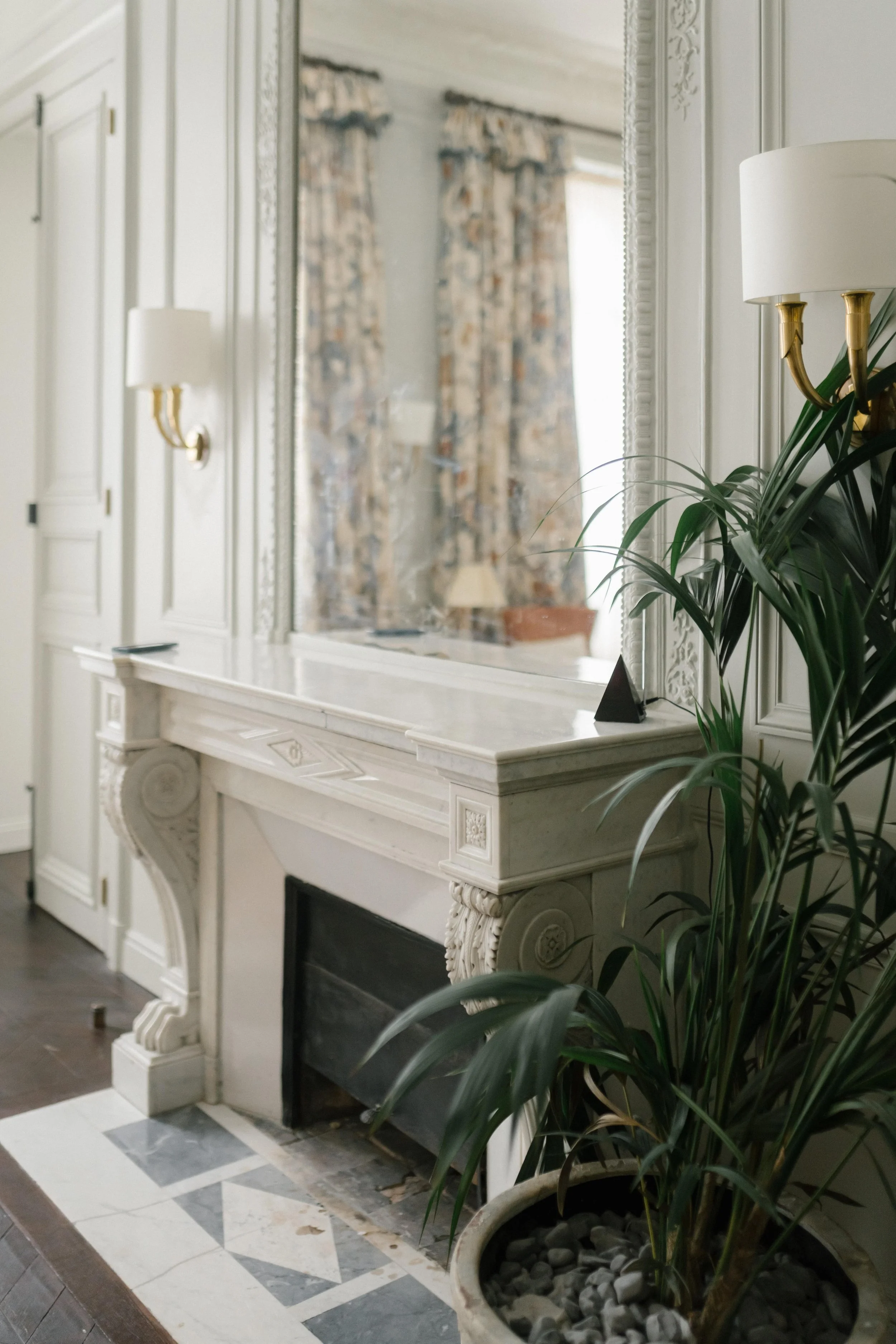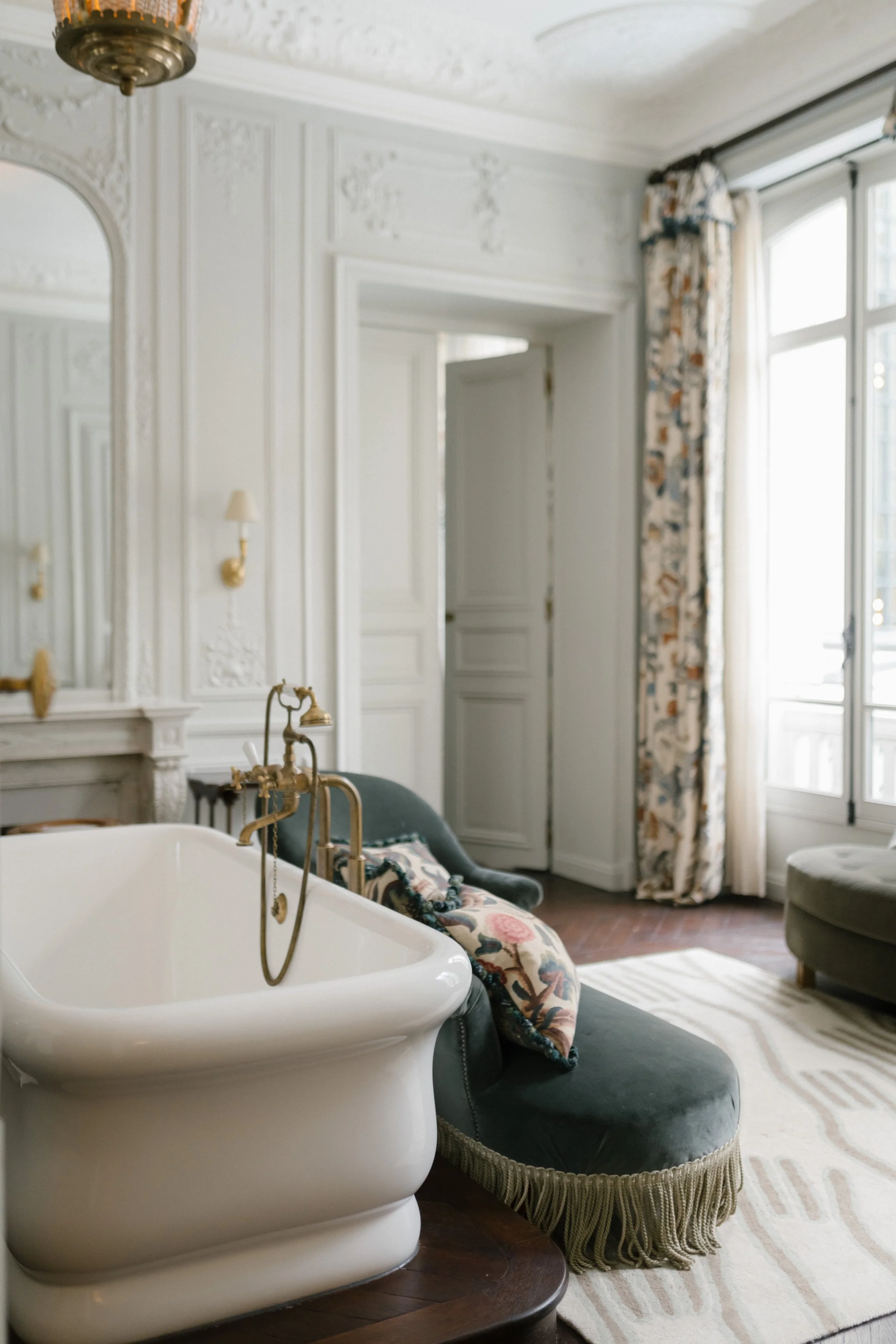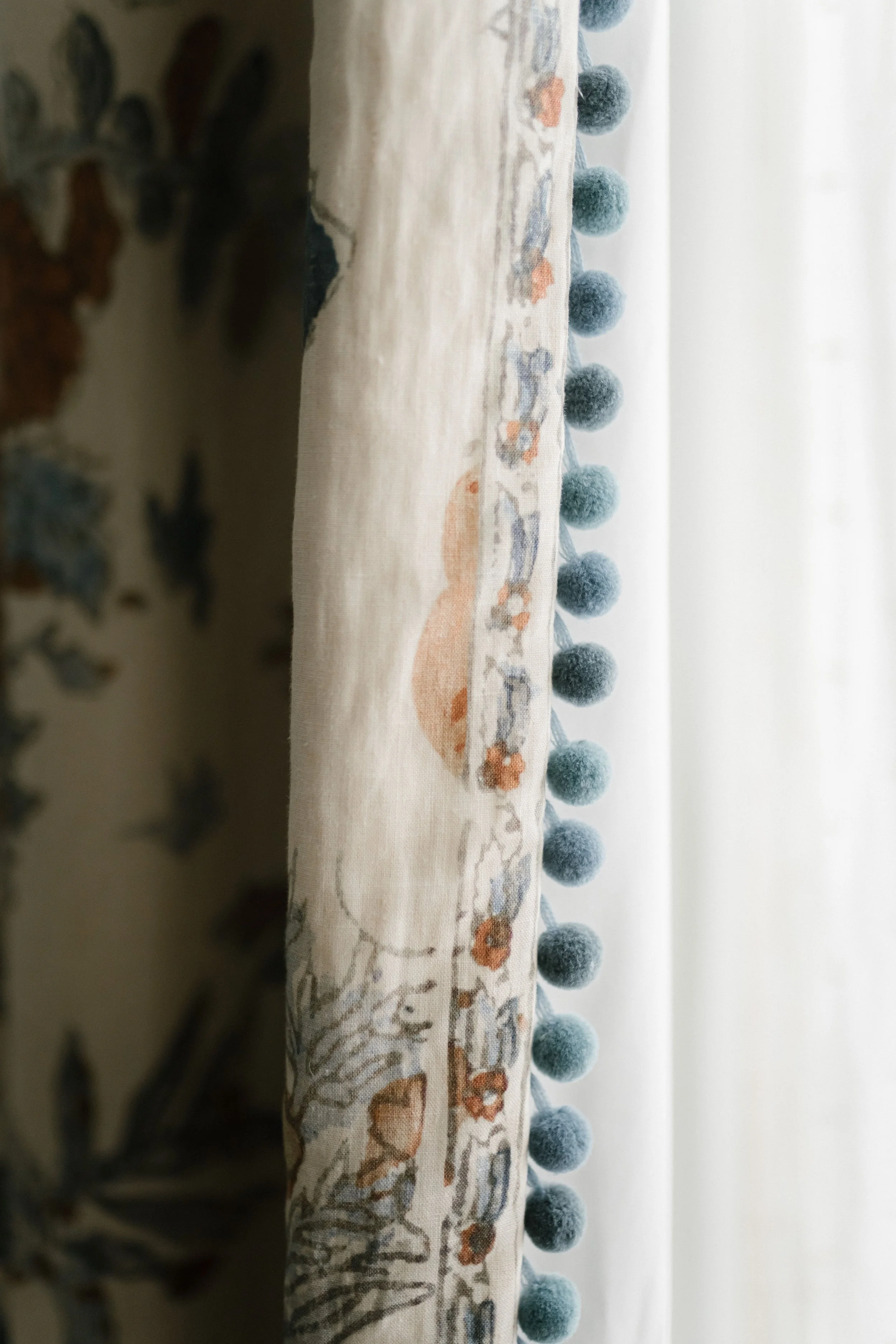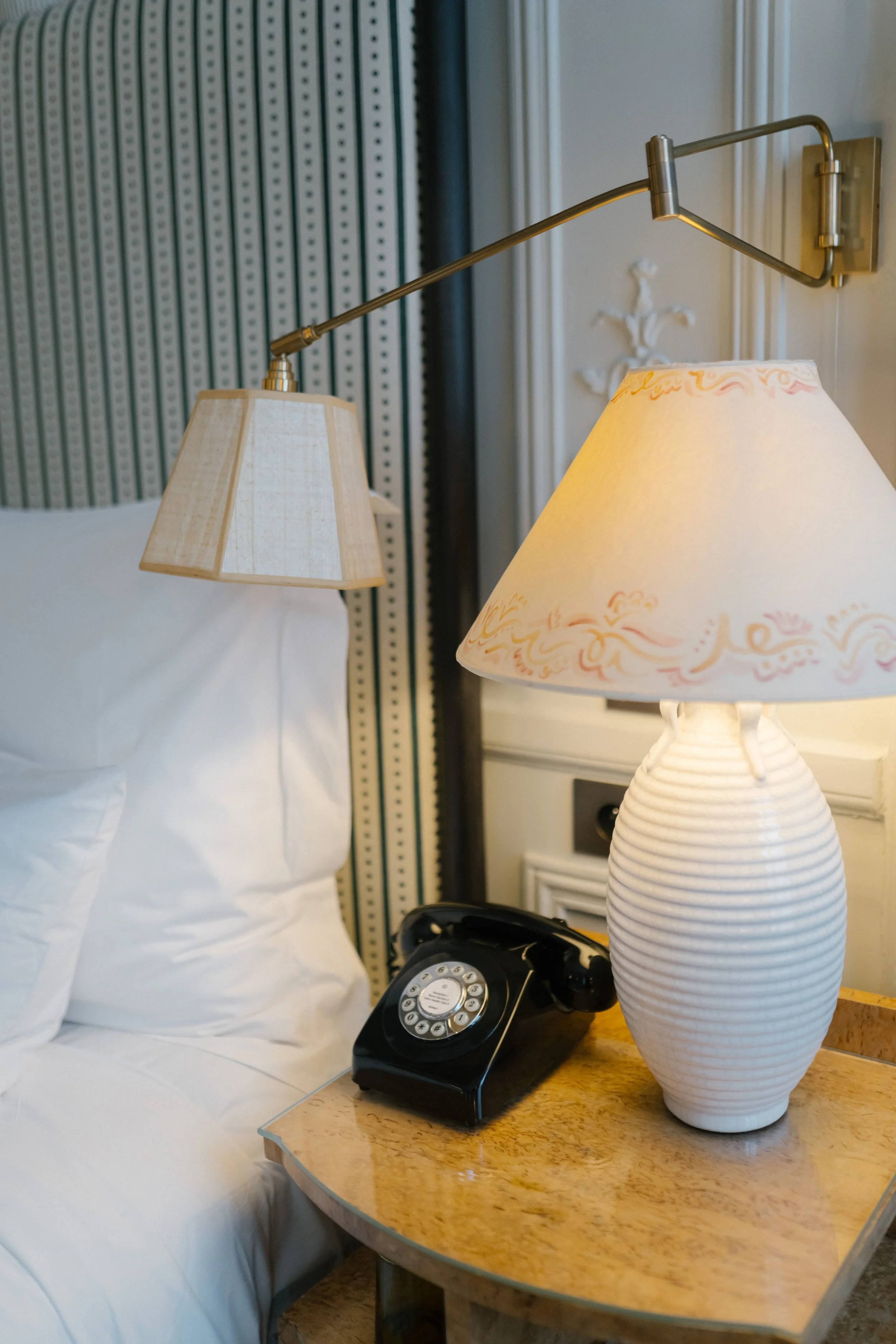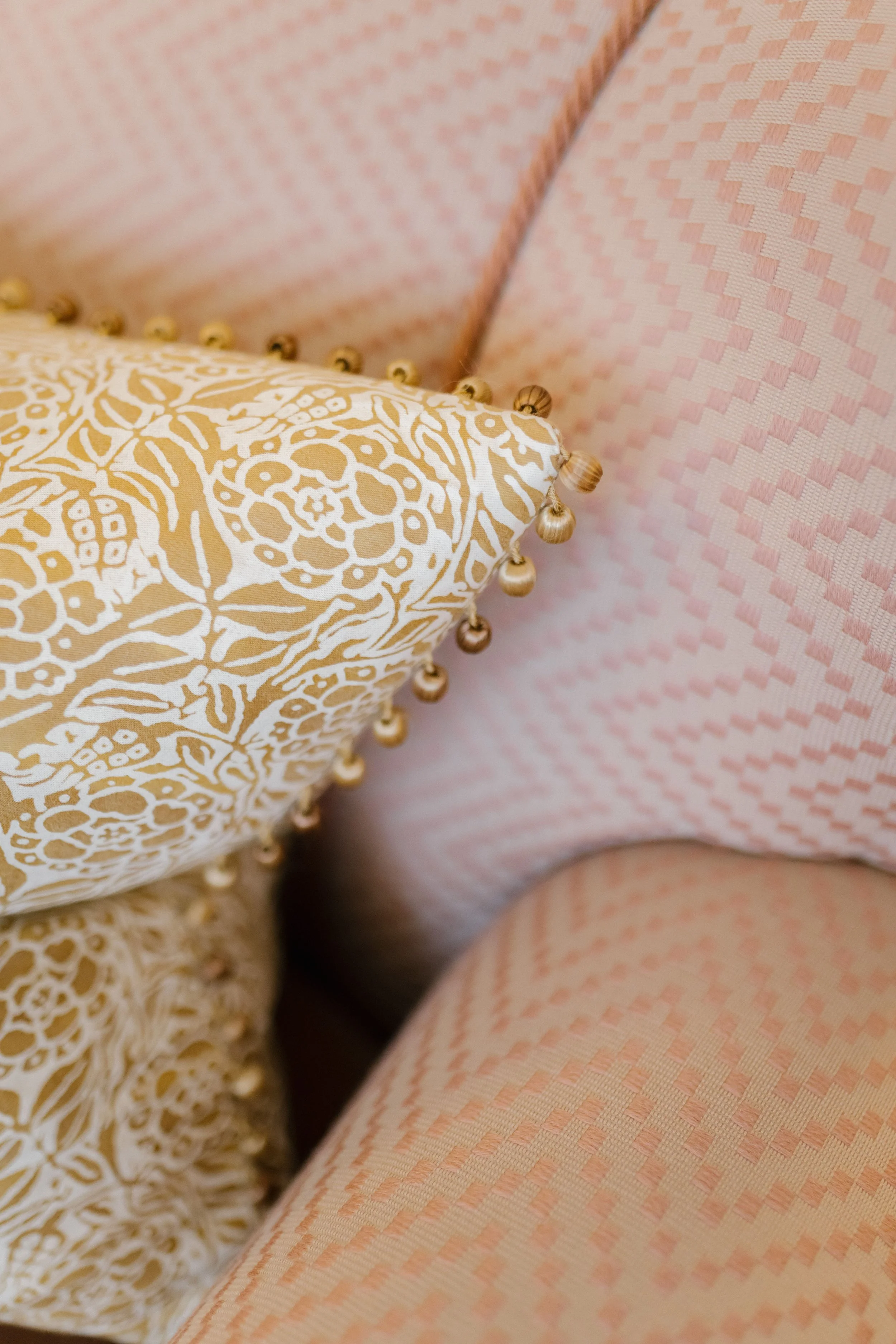Joanna Gaines’ MasterClass Review: 21 Interior Design Secrets You Need to Know
Prefer to watch?
Here’s the video!
Rather read all about it?
Ever walked into a beautifully designed home and wondered—how do they make it look so effortless?
Well, after taking Joanna Gaines’ MasterClass Designing a Home That Tells Your Story, I took pages of notes. Because when Joanna shares her design wisdom, you listen.
To make it easy to apply her most transformative design lessons, I’ve organized them into three simple phases you’ll want to use in every single space you design:
Find the Soul – Understanding what you’re working with.
Finishes – Choosing colors, textures, and materials.
Furniture – Bringing it all together with styling and flow.
If you've ever felt like:
Why does my home feel disjointed?
What small changes will actually make the biggest impact?
How do I make my space feel larger and more functional?
Then you’re in the right place!
Phase 1: Find the Soul of Your Space
1. Start With What You Dislike
Feeling overwhelmed by too many Pinterest boards? J
oanna’s advice: flip the process.
Instead of struggling to define what you love, start by noticing what you dislike.
Do dark, dramatic interiors feel too heavy for you? Then a light and airy aesthetic might be your style.
Does minimalism feel too stark and cold? Then you might be a maximalist who thrives on layers, bold color, and decor that tells a story.
The takeaway? The easiest way to define your style is to first eliminate what doesn’t feel right.
2. Uncover the Hidden Character
One of Joanna’s first steps when redesigning a space? Look deeper—literally.
Is there original hardwood flooring under that outdated carpet?
Could there be shiplap hiding behind the drywall?
If you live in an older home, take a moment to peel back the layers before assuming your space is what it is. There could be so much charm just waiting to be revealed.
If your home is newer and doesn’t have built-in character—don’t worry, I’ve got a tip for that next.
3. Creating Character in a New Build
New builds don’t have decades of history baked into their walls—but that just means you get to create the charm yourself.
Joanna suggests studying your neighborhood or scrolling through inspiration images and taking note of:
✔ Architectural details that feel timeless (arched doorways, ceiling beams, wall paneling).
✔ The types of materials that feel warm and inviting (aged wood, soft linen drapes, antique hardware).
If every image you’re drawn to has textured walls, rich wood, or detailed millwork, take that as a huge clue for how to infuse character into your home.
4. Observe Your Space Like a Designer
Joanna calls this "taking inventory," and it’s essential for understanding what’s off in a space.
Walk into your room as if you’re seeing it for the very first time.
What jumps out at you immediately?
A too-big couch overpowering the space?
A rug that’s too small for the room’s scale?
Lighting that makes everything feel flat and uninspired?
What feels like it’s missing?
Maybe the walls feel bare, or the room lacks cohesion.
✨ Pro Tip: If it’s hard to pinpoint what’s off, take a few photos of your space. Looking at a picture makes it so much easier to notice imbalances—just like when you take a mirror selfie and suddenly see things differently.
5. Define Your Room’s Feeling in 3 Words
If there’s one thing Joanna repeated again and again in her MasterClass, it’s this:
✍️ Define the feeling you want for your space in just three words.
For my bedroom redesign, I chose:
Calm. Elevated. Cozy.
These three words become your North Star for every decision you make:
🎨 Choosing between two paint colors? Pick the one that feels most calm and cozy.
🛋 Debating between furniture pieces? Ask yourself which one feels elevated and timeless.
💡 If "cozy" is in your three words, that likely means you’ll want natural materials, soft textiles, and warm lighting in your space.
6. Find Your Room’s “Hero”
Every well-designed space has a hero element—a focal point that grounds the room and makes everything else feel intentional.
If you already have a natural focal point, like a fireplace or grand windows, work with it rather than against it.
If your space feels like a blank rectangle? Create a hero.
A statement wallpaper
A vintage armoire with character
A dramatic headboard that anchors the room
Once you have one strong focal point, the rest of the design decisions become so much easier.
7. Imagine Your Dream Day in the Space
Instead of designing your room for aesthetic perfection, design it for real life.
Joanna always starts her living room projects by picturing Christmas morning—thinking about where the stockings will hang, where the family will sit, and how the space will be used.
Try doing the same for your own space:
If it’s a reading nook, do you have a comfortable chair, soft lighting, and a side table for your coffee?
If it’s an entertaining space, do you have enough seating, a chic bar cart, and the right lighting for an inviting glow?
Your home should be beautiful—but also deeply functional for the way you actually live.
Step 8: Comfort Over Everything—The Pretty Chair You Never Sit In? Skip It.
Now that you’ve imagined your dream day in the space, let’s talk about a common mistake: choosing furniture for looks rather than for real life.
Joanna’s advice?
If it’s uncomfortable, don’t buy it. No matter how stunning that sculptural chair looks in the showroom, if you wouldn’t actually sit in it for more than five minutes, it’s not the right fit for your home.
✔ Prioritize function first. A beautiful room isn’t truly beautiful if it’s impractical.
✔ Test seating before you commit. If you can’t sink in and relax, it’s not a great choice.
✔ Mix in timeless staples. Style-forward furniture is fun, but comfort-focused investment pieces will stand the test of time.
Your home should support your life, not just exist for aesthetics. Now that we’ve found the soul of the space, it’s time to move on to Phase 2: The Finishes.
This is where we get into colors, materials, and those all-important final details that turn your space from nice to next-level. ✨
Phase 2: The Finishes—Bringing Your Space to Life
Now that you've uncovered the soul of your space, it's time for the next phase—choosing the perfect finishes that bring it to life. This is where the details come together to create that polished, intentional feel.
From selecting the right flooring and wall colors to layering in textures and patterns, these tips will guide you through every choice with confidence.
Step 9: When Picking Hard Finishes, Start from the Ground Up
Joanna’s golden rule? Always work from the ground up when selecting finishes. Here’s the order she recommends:
Start with flooring – This is your foundation. Whether it’s hardwood, tile, or carpet, begin here so everything else complements it.
Then walls – Once the flooring is chosen, decide on paint colors, wallpaper, or paneling.
Next, trim and ceiling – These elements frame the space, so choose moldings, beams, or ceiling details that enhance your room’s style.
Finally, light fixtures – The finishing touch! Lighting should feel cohesive with the other elements you’ve selected.
By following this sequence, you’ll avoid mismatched finishes and create a harmonious, layered look.
✨ Pro Tip: When in doubt, reference your three guiding words from Phase 1. They’ll help keep your finish selections aligned with the overall feeling you want to create.
Step 10: Pick Your Colors Based on Your Three Guiding Words
Struggling with paint choices? Go back to your three words. If you want a moody feel, opt for deep, rich hues. If cozy is your goal, lean toward warm, inviting shades. For a minimalist aesthetic, cooler tones and soft neutrals will be your best bet.
Example: If your guiding words are calm, elevated, and cozy, a soft taupe or muted sage might be the perfect wall color.
🎨 Joanna’s Approach: She always starts with an inspiration piece—a fabric swatch, a vintage find, or even an artwork that captures the essence of the space. From there, she builds a color palette that complements it.
Step 11: Neutral Walls? Add Texture for Depth
If you’re opting for neutral walls, Joanna’s advice is simple: layer in texture to keep the space from feeling flat.
Ways to Add Texture:
✔ Shiplap – A classic Joanna move that adds instant character.
✔ Tongue & Groove – Subtle but refined, perfect for cottage-style charm.
✔ Paneled Walls – For an elegant, structured feel.
✔ Headboards & Upholstered Walls – A great way to introduce softness in bedrooms.
If an all-white space feels a little meh, these elements will make it feel intentional and inviting.
Step 12: Experimenting with Bold Colors or Patterns? Start Small
If you’re hesitant about bold wallpaper or dramatic colors, Joanna recommends starting in a smaller space to test the waters.
✔ Try an accent wall – Instead of painting the whole room, pick one statement wall.
✔ Wallpaper the inside of a cabinet or closet – A fun, unexpected detail that adds personality.
✔ Experiment in a powder room – It’s the perfect place to go bold without committing to a full home redesign.
Once you’ve lived with it for a while and love it, you can expand it into larger spaces with confidence.
Step 13: Always Sample Your Paint First
This might seem like a hassle, but Joanna swears by it—paint colors change dramatically based on lighting and surroundings.
✔ Test on a large surface – A tiny swatch won’t cut it. Paint at least a 2x2 ft section.
✔ Observe it at different times of the day – Natural vs. artificial light will affect how it looks.
✔ Place it near your flooring and furniture – Colors shift depending on what’s around them.
🎨 Color Fact: The same paint shade can look completely different depending on the room’s exposure (north-facing vs. south-facing light).
Step 14: The One Essential Element of a Cozy Room—Lighting
If you want your space to feel warm and inviting, lighting is key.
Joanna’s golden rule: Every room should have at least 2 to 3 sources of light to create depth.
💡 Lighting Guidelines:
✔ Oversized over undersized – When in doubt, go bigger with light fixtures.
✔ Mix different types – Overhead lights, sconces, floor lamps, and table lamps should all work together.
✔ Layer warm lighting – Soft white or warm LED bulbs make a space feel instantly more intimate.
Design Mistake to Avoid: Relying on a single overhead light. It creates harsh, uninviting spaces (think hospital vibes). Instead, sprinkle lighting throughout the room for a cozy glow.
Now that we’ve got the perfect finishes in place, it’s time for Phase 3: Selecting the Right Furniture & Decor to Complete the Space.
Phase 3: Furniture—Bringing It All Together
With your finishes in place, it’s time to bring in the furniture, textiles, and accents that make a space truly yours.
15. Plan Your Room in the Right Order
Joanna follows a structured approach to room design:
Room layout & floor plan
Rug (start from the ground up!)
Main furniture pieces (sofa, bed, dining table, etc.)
Textiles & accents (pillows, curtains, throws, etc.)
Greenery (plants add life & movement to a space!)
Each layer grounds the one before it—this is what creates that effortless, high-end look.
16. Always Go for the Largest Rug That Fits
✔ Rugs should be large enough to sit under major furniture pieces.
✔ Bigger rugs = a room that looks more expansive.
✔ When in doubt, size up.
If your rug is too small, your room will always feel visually disconnected.
17. Make a Room Feel Bigger With These Tricks
Joanna’s favorite design tools for expanding a small space:
✔ Oversized rugs—they make the floor space feel larger.
✔ Large mirrors—they reflect light and add depth.
✔ Big statement art—small decor can make a space feel cluttered.
✔ A neutral color palette—light tones create an airy feel.
18. Use Painter’s Tape to Map Out Your Layout
Before committing to a furniture piece, tape out its dimensions on your floor or wall using painter’s tape.
This helps you visualize scale and ensure there’s enough flow between pieces before you buy.
19. Material Choice Shapes the Mood of a Space
Your three words? They also apply to furniture materials. Different textures evoke different emotions:
✔ Leather → Rich, masculine, durable
✔ Linen → Timeless, airy, effortless
✔ Corduroy → Moody, nostalgic, cozy
✔ Bouclé → Textural, sophisticated, neutral
✔ Velvet → Dramatic, elegant, elevated
Find a material that aligns with the feeling you want your space to have.
20. Joanna’s Foolproof Pillow Formula
Overwhelmed by pillow choices? Joanna’s signature method:
Start with a large, textured pillow.
Layer in two smaller, patterned pillows. (One geometric, one organic—like florals or stripes.)
Vary the scale—avoid using two bold prints of the same size.
✨ This creates effortless dimension and balance on a sofa or bed.
21. Make Your Accents Meaningful
Joanna’s approach to decor? Make it personal.
✔ Frame a handwritten poem or letter.
✔ Display pressed flowers in a shadow box.
✔ Rummage through family heirlooms for unique bookshelf treasures.
✔ Salvage a piece of vintage wallpaper from an old home and frame it.
Your home should tell a story—your story.
Bringing It All Together
This is just a small slice of the design wisdom Joanna shares in her MasterClass. If you’re craving even more, take the full class here!
🌿 Looking for more design inspiration?
Watch this next—I’m taking you to R.H. England in the Cotswolds to explore the latest trends in British interiors!




